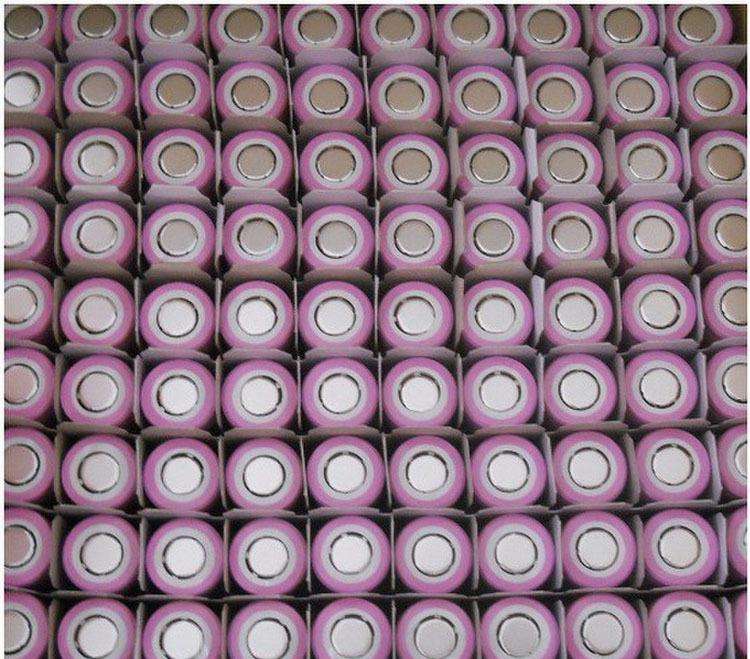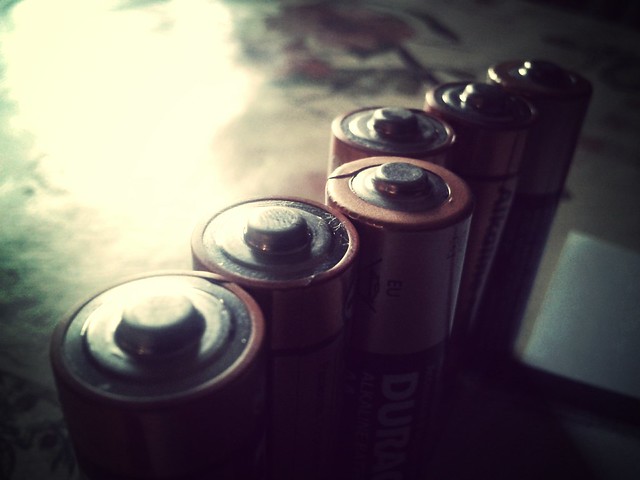Lithium Ion Battery Round Trip Efficiency
Jul 31, 2019 Pageview:13574
Introduction
When we leave home for work in the morning, we are full of energy and excitement for a good day ahead. However, when we return home late in the evening, our energy is exhausted. At this time we are not fully ourselves. This means that our round trip has robbed ourselves of something. This happens with battery storage too and it is a phenomenon known as round trip efficiency. This phenomenon is one of the elements that is usually considered when making a battery procurement decision.
What is Lithium Ion Battery Round Trip Efficiency?
Lithium ion battery round trip efficiency is the amount of energy that the battery can deliver relative to the amount of energy injected into it during the immediately presiding charge. In other words, this phenomenon can be referred to as the ratio of energy required to charge a battery compared to the available energy during discharge. In several occasions, round trip efficiency is also known as efficiency.
A lithium ion battery loses about 5% of energy round trip, which means that it has a 95 percent round trip efficiency, compared to lead acid batteries which lose 20-25% of energy round trip.
Lithium ion battery performs very well with regards to self-discharge, with losses of around 5 percent of capacity per month.
Energy efficiency is usually a key performance indicator for battery storage systems. The round trip efficiency is definitely a critical factor in the usefulness of a battery storage technology. If the round trip efficiency is high, the system is said to be more efficient. The lower the round trip efficiency, the less efficient the system as a whole. A majority of grid systems engineers are always impressed to see 80 percent round trip efficiency in energy storage systems at all possible.
Comparing Round Trip Efficiency in energy storage
First, you need to note that every energy storage device should have a high roundtrip efficiency which is always expressed as a percentage. Additionally, the roundtrip efficiency can never be equal to 100 percent because of the energy losses that usually occur in a battery, for example, heat loss inside the energy storage device.
Battery storage can save excess energy by absorbing it, and then releasing it later typically to a power grid. This process must release some power. Therefore, you can see that round trips efficiency is actually the net ratio of power retention which plays a key role in the success of lithium ion battery energy storage.
If we were too loose too much energy, which means having a very low round trip efficiency we would lose too much potential with energy storage devices. Today more technological and innovative improvements are happening in the lithium-ion batteries in order to boost the battery efficiency.
How to Improve Lithium Ion Battery Round Trip Efficiency
Round trio efficiency depends on the performance of a battery. In turn, there are several factors that influence the performance of a battery. If the performance of a battery is high, then the round trip efficiency is high. Lithium-ion batteries have technology that has greatly improved the performance of the battery. This, therefore, has led to lithium ion batteries having a high round trip efficiency of about 95 percent.
Here are some of the ways to improve round trip efficiency.
Reduce operating temperatures – high operating temperatures can have a huge impact on the performance of a lithium-ion battery. When the performance is greatly affected, then the round trip efficiency reduces. Reducing operating temperatures requires better cell designs and engineering of the battery. Also, this calls for the use of high-performance electrolyte and electrode materials. High temperature can cause rapid ageing to batteries due to added stress.
Charging – it is always wise to ensure that you are not using high charge currents because they will cause batteries to lose energy to heat due to the internal resistance of battery cells. This leads to decreased round trip efficiency and increased potential for thermal runaway. Additionally, increased heat leads to unwanted and irreversible side reactions which accelerates the loss of capacity. Although lithium-ion batteries are less sensitive due to lower internal resistance, excessive charging currents can cause the lithium plating of the anode, which is unable to intercalate lithium ions quickly enough. This is the same thing that happens when the battery is over-charged, whereby the anode, which is already full with lithium-ion is unable to accept more ions, which instead deposit on the surface of the electrode. Alongside increasing internal resistance and causing a capacity loss, lithium plating can lead to dendrite growth that creates a short circuit between electrodes.
Discharging – lithium-ion batteries should not be completely or over-discharged. When they are over-discharged, the cathode cannot accept any further lithium ions, which lead to metallic lithium plating resulting in irreversible capacity loss. Loss of capacity means a reduction in round trip efficiency. Additionally, if the voltage falls below the minimum threshold of the battery, the electrode can dissolve into the electrolyte, and subsequently, when the battery is recharged, a short circuit can occur between electrodes. Higher rates discharge greatly affect the total capacity of a lithium ion battery. This also leads to huge a reduction in the round trip efficiency of a battery, due to heat loss as well as higher cell temperatures which to an increase in unwanted side reactions and increase the rate of capacity fade. Therefore, if you want to improve the efficiency of your lithium ion battery it is best not to over-discharge it.
Advantages of Lithium Ion Battery Round Trip Efficiency
Lithium ion batteries have a high round trip efficiency. The high efficiency has several benefits in the application of the lithium ion battery.
· High energy and power density – lithium ion batteries are often preferred to lead acid batteries due to their high energy and power density. A battery with high round trip efficiency will retain more energy and provide more power.
· More power for a longer time – high round trip efficiency means that a lithium ion battery can provide more power for a longer time. This will get rid of all the inconveniences brought about by inconsistent power sources.
· Battery lifetime – lithium ion battery, just like the lead-acid battery, ages with time and the number of cycles. A lithium ion battery performing at its optimal guarantees about 5,000 cycles.
· Good operating temperatures – a lithium-ion battery requires the right range of temperature to operate in order to avoid irreversible damage to the cells in the battery as well as heat loss.
Conclusion
Lithium ion battery round trip efficiency measures the energy retention of a battery after it has been charged. Round trip efficiency of a lithium ion battery is high about 95 percent. This efficiency is critical to the success of the energy storing technology of a battery.
- Prev Article: Li-Ion Battery Definition
- Next Article: Show More About Lithium Ion Battery Settlement
Leave Message
Hottest Categories
-
Hottest Industry News
-
Latest Industry News













